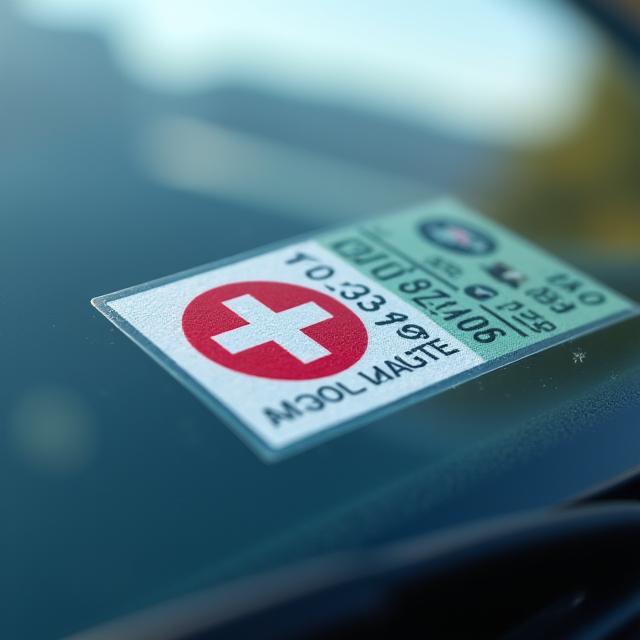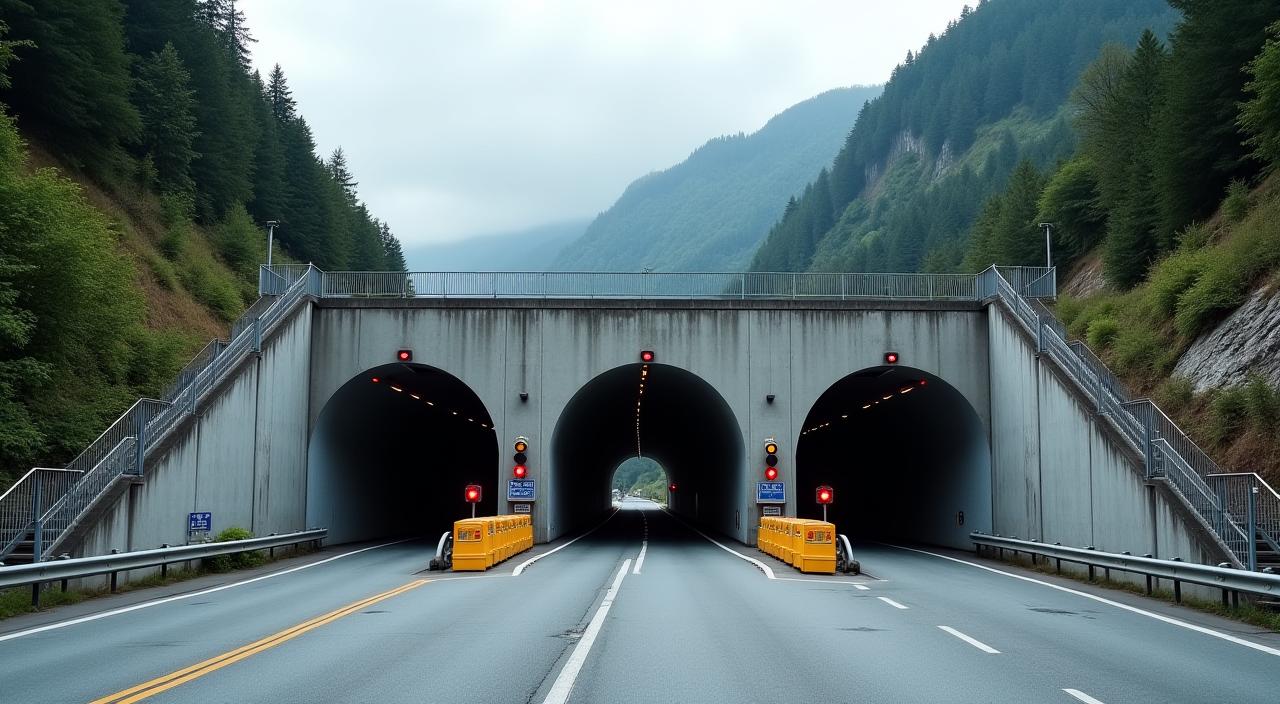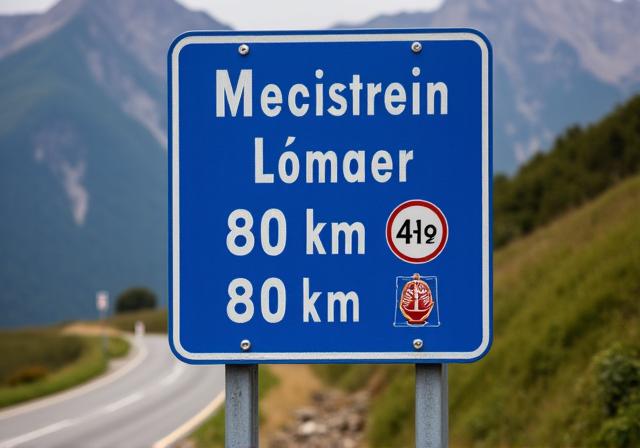A Traveller's Guide
Driving in Switzerland: Your Ultimate Autobahn & Vignette Guide
Navigate the pristine roads of Switzerland like a local. Everything you need to know about highway travel, from the mandatory vignette to breathtaking alpine passes.
Explore the Guide
The Swiss Motorway Vignette: Explained
Before you start your engine for a Swiss road trip, there's one essential item you need: the vignette. This sticker is your passport to most of the country's extensive network of national motorways (Autobahnen). Here's what you need to know:
What is the Switzerland Vignette?
It's a mandatory toll sticker that must be affixed to your vehicle's windscreen to use the majority of Swiss motorways and expressways. There is both a physical sticker and a digital e-vignette tied to your license plate.
How much does it cost?
The vignette costs CHF 40 and is valid from December 1st of the previous year to January 31st of the following year (a total of 14 months). There are no shorter-term options for tourists.
Where can I buy it?
You can purchase the physical sticker at border crossings, post offices, gas stations, and automobile clubs in Switzerland and neighboring countries. The e-vignette is available online through the official Federal Office for Customs and Border Security (FOCBS) portal.
What are the penalties for not having a vignette?
Driving on a motorway without a valid, correctly affixed vignette will result in a fine of CHF 200, plus the requirement to purchase a vignette immediately.
Beyond the Vignette: Additional Tolls
While the vignette covers most of the network, certain tunnels and car-train services require separate tolls. These are typically for crossing major alpine barriers. Plan for these extra costs if your route includes:
Great St. Bernard Tunnel
Connecting Martigny (CH) with Aosta (IT)
Munt la Schera Tunnel
Connecting Zernez (CH) with Livigno (IT)
Furka Car Train
Between Oberwald (VS) and Realp (UR)
Lötschberg Car Train
Between Kandersteg (BE) and Goppenstein (VS)

Essential On-Road Regulations
Driving in Switzerland is a pleasure, but it comes with strict rules. Stay safe and avoid fines by remembering these key points:
स्पीड लिमिट (Speed Limits)
120 km/h on motorways, 100 km/h on expressways, 80 km/h outside built-up areas, and 50 km/h (or lower) in towns.
हेडलाइट ऑन (Headlights On)
Dipped headlights or daytime running lights are mandatory for all vehicles at all times, day and night.
विंटर ट्रैवल (Winter Travel)
While not mandated by date, you are legally required to have tires appropriate for the conditions. Snow chains may be required on certain mountain passes, indicated by signs.
इमरजेंसी लेन (Emergency Lane)
In a traffic jam (Stau) on the motorway, drivers must form a rescue lane (Rettungsgasse) in the middle for emergency vehicles.
आवश्यक उपकरण (Required Equipment)
A warning triangle is legally required and must be kept within easy reach (not in the trunk).

Take the Scenic Route
In a hurry? Take the autobahn. Have time to spare? Discover the real Switzerland on its world-famous mountain passes. We recommend: